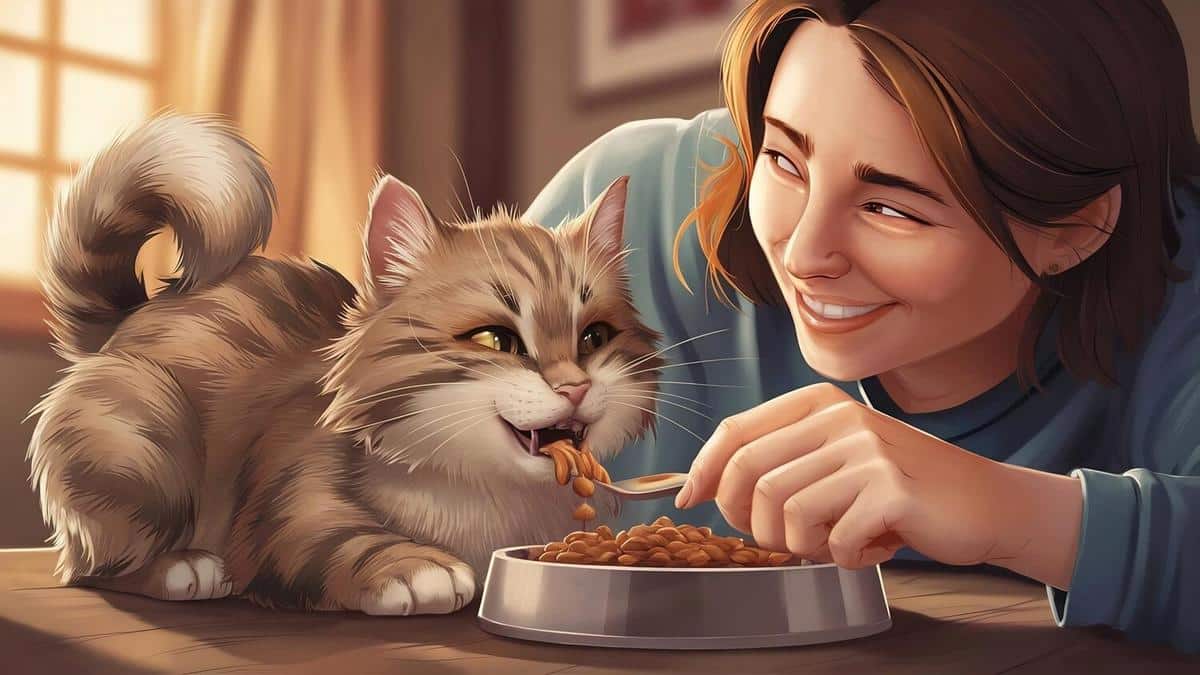
The Real Deal: Understanding Grain-Free Diets for Dogs
Grain-free diets for dogs have gained considerable attention in recent years, sparking debates among pet owners and veterinarians alike. As pet parents aim to provide the best nutrition for their furry companions, understanding what grain-free truly means and its implications for canine health is essential.
What Does Grain-Free Mean?
Grain-free diets for dogs exclude grains such as wheat, corn, and rice. Instead, they often use alternative carbohydrate sources like potatoes or legumes. The idea is to mimic a more ancestral diet believed to be more in line with a dog’s natural eating habits.
Expert Opinions
Dr. Karen Becker, a well-regarded veterinarian, suggests that while grain-free diets can be beneficial for some dogs, it’s crucial to ensure the diet meets all nutritional needs. She emphasizes, “Not all grain-free diets are created equal, and some may lack essential nutrients.”
The Science Behind Grain-Free
A study by the American Veterinary Medical Association found that grain-free diets might lead to nutritional imbalances if not carefully formulated. It’s necessary to ensure that these diets provide adequate protein, vitamins, and minerals.
Personal Experiences
Consider the case of Max, a Labrador Retriever who suffered from persistent skin allergies. After consulting with a veterinarian, his owner switched him to a grain-free diet, resulting in a significant improvement in his skin condition. This anecdote highlights that while grain-free diets might not be necessary for all dogs, they can benefit some with specific health issues.
Actionable Tips for Dog Owners
- Consult your veterinarian before making any significant dietary changes.
- Ensure the grain-free food is nutritionally complete and balanced.
- Monitor your dog’s health and behavior after switching diets.
Comparison Table: Grain-Free vs. Grain-Inclusive Diets
| Criteria | Grain-Free | Grain-Inclusive |
|---|---|---|
| Carbohydrate Sources | Potatoes, legumes | Wheat, corn, rice |
| Protein Levels | Typically higher | Varies |
| Fiber Content | Can be lower | Generally higher |
| Price | Often more expensive | Varies |
| Allergy Risks | Fewer grain allergies | Possible grain allergies |
| Nutritional Completeness | Dependent on formulation | Usually balanced |
| Popularity | Increasing | Widespread |
| Veterinarian Recommendation | Mixed opinions | Commonly recommended |
FAQ
Is a grain-free diet suitable for all dogs?
Not necessarily. While some dogs may benefit from a grain-free diet, others may thrive on a grain-inclusive diet. It’s important to consult with a veterinarian to determine the best option for your dog.
Can grain-free diets cause health issues?
There have been reports of heart-related issues potentially linked to grain-free diets. It’s crucial to choose a diet that is well-formulated and meets all of your dog’s nutritional needs.
Conclusion
Understanding the nuances of grain-free diets is vital for making informed decisions about your dog’s nutrition. While such diets can offer benefits for certain dogs, they are not a one-size-fits-all solution. Always consult with a veterinarian to tailor your pet’s diet to their specific health requirements. Explore further resources and consider your dog’s unique needs to ensure they receive the best possible care.


